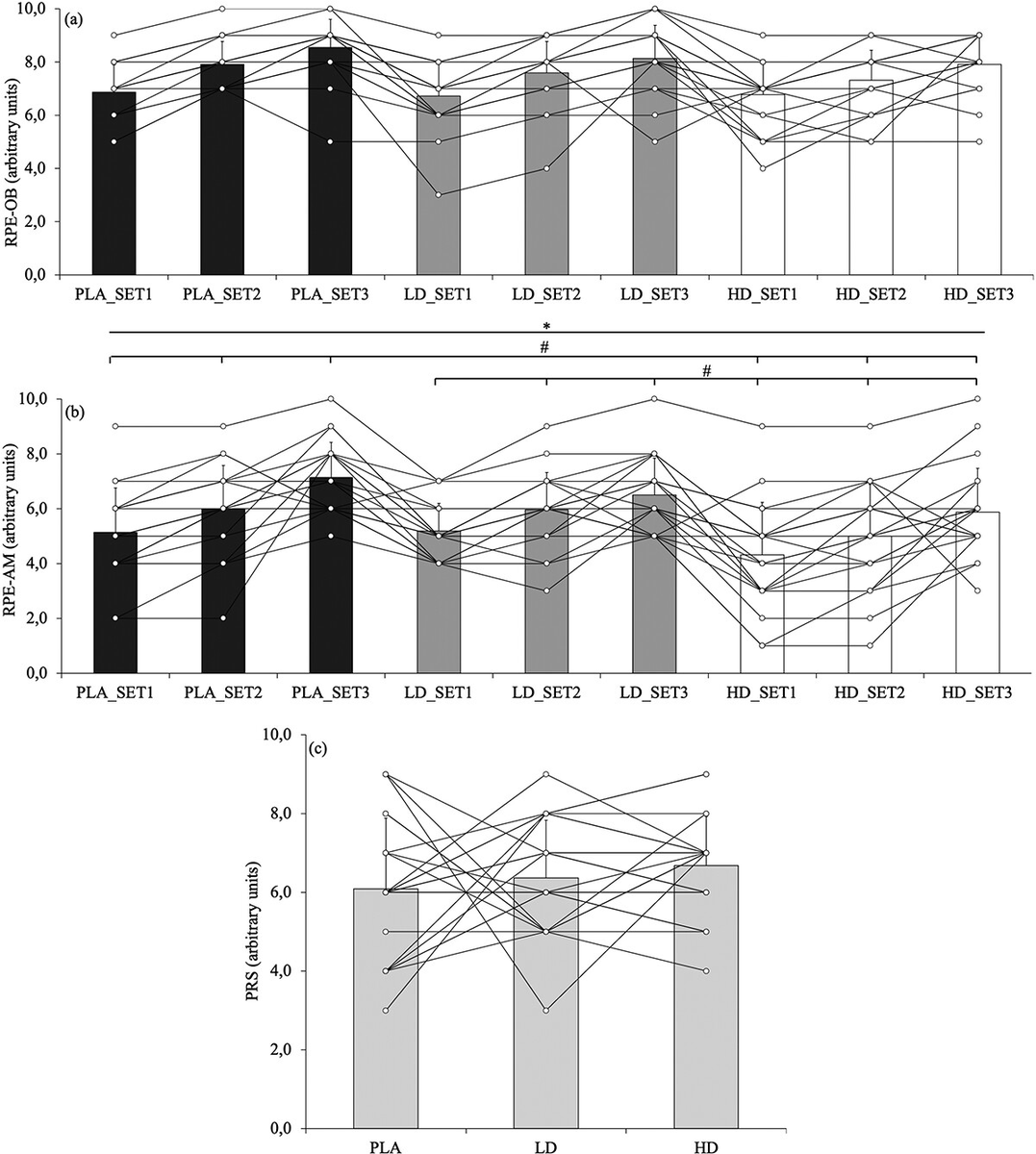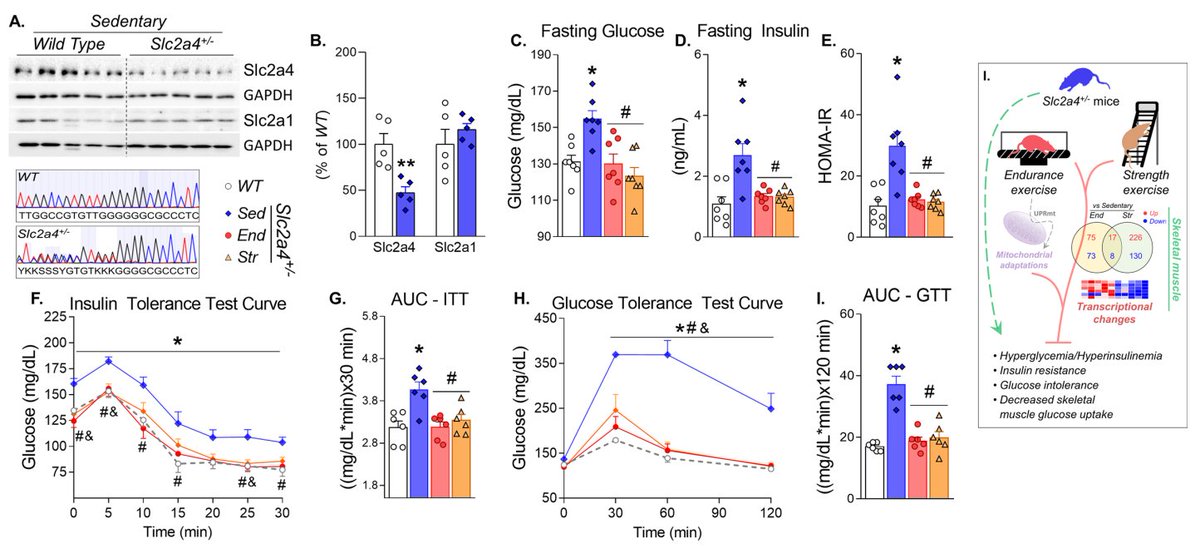In this one, obesity, but not overweight, was associated with a higher risk of death from middle to older age, irrespective of the adiposity index used, suggesting that obesity should be prevented across the lifespan, including in individuals up to 85 years of age. 

- Lower risk of mortality in older participants with overweight compared with normal weight when adiposity was assessed by the fat mass index was observed.
- However, the magnitude of this association was small and probably not clinically meaningful.
- A higher risk of mortality was observed in participants with obesity (class I and class II) with similar magnitudes of association whether adiposity was measured by BMI or fat mass index.
- An attenuation of the associations between higher levels of BMI and mortality risk with age was not observed.
- These results contradict previous studies reporting attenuated BMI-mortality associations in older individuals.
- Attenuated associations with higher age in individuals with the highest obesity when adiposity was measured by fat mass index were also not observed.
- However, mortality rates remained higher than in same-aged participants with low-fat mass levels.
- "Our results, therefore, question the idea that moderate levels of fat mass could be protective, which has been based on the hypothesis that higher body fat could provide larger metabolic reserves against frailty and diseases in older populations."
Body composition and mortality from middle to old age: a prospective cohort study from the UK Biobank
doi.org/10.1038/s41366…
#MetabolicSyndrome #Obesity
doi.org/10.1038/s41366…
#MetabolicSyndrome #Obesity
• • •
Missing some Tweet in this thread? You can try to
force a refresh

 Read on Twitter
Read on Twitter








